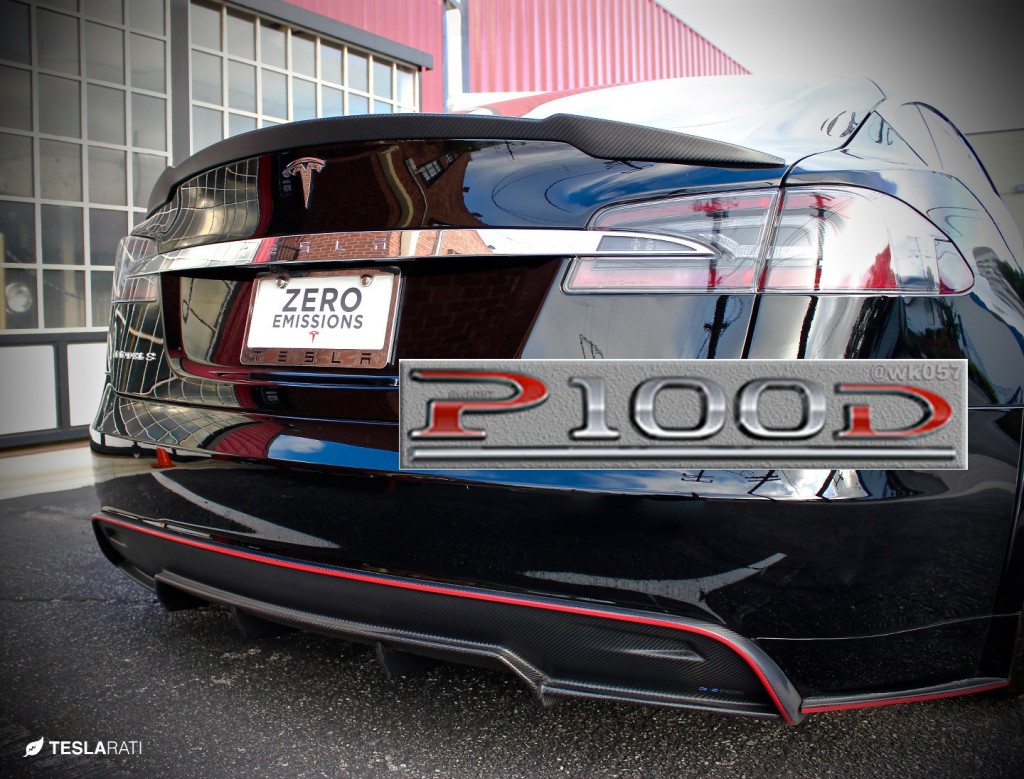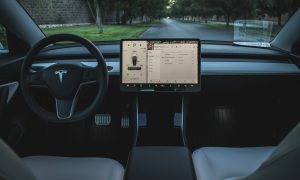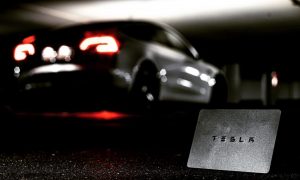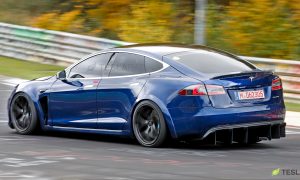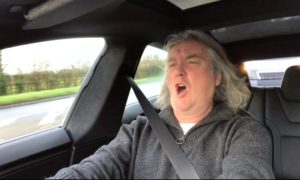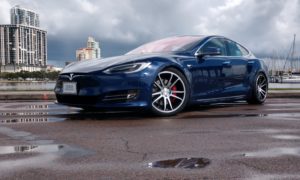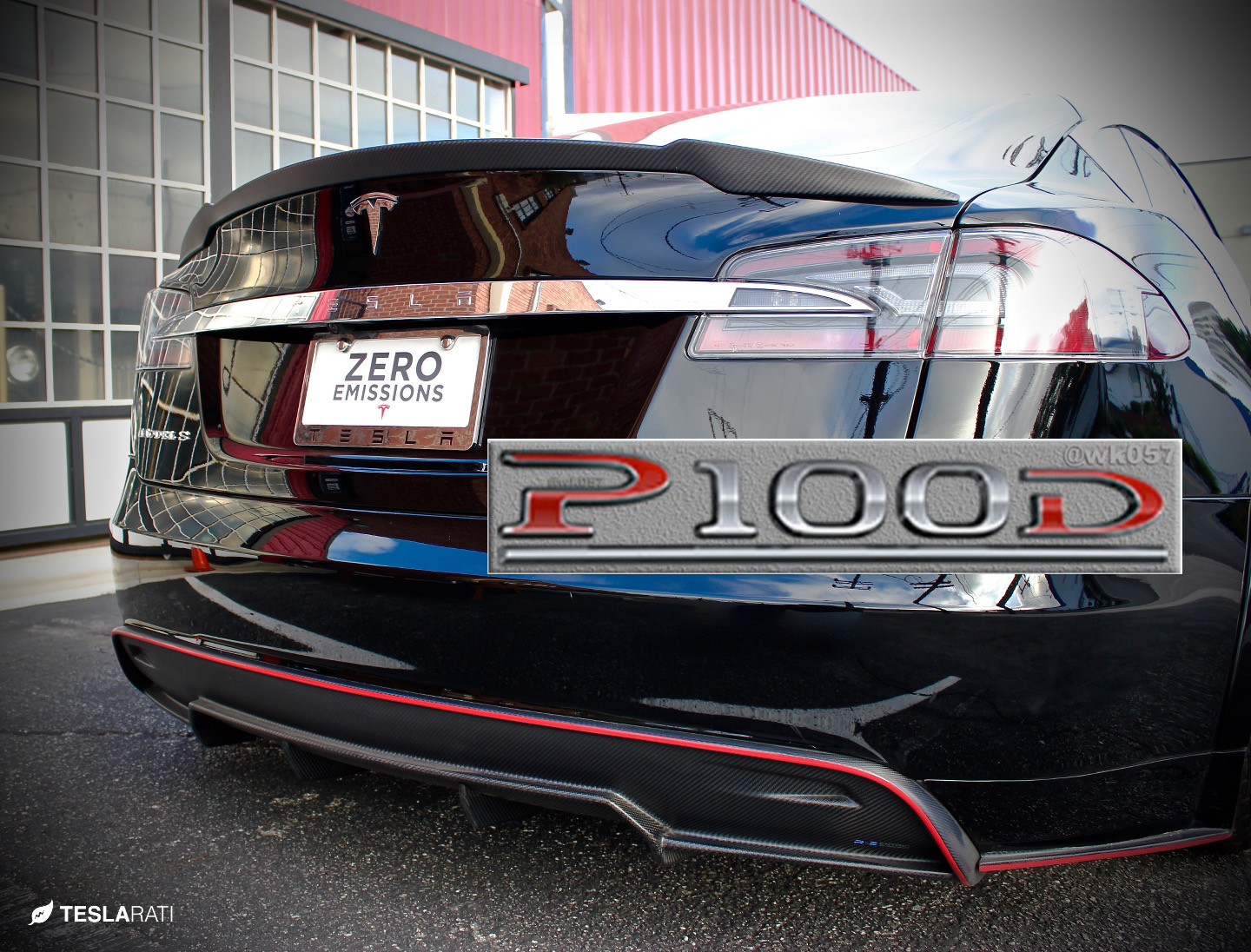

News
Hacker Leaks Tesla’s Plan for a 100 kWh Battery
Well known hacker Jason Hughes thinks he has uncovered the impending release of a 100 kWh battery for the Model S and Model X. If so, can a P100D be far behind?
Jason Hughes white hat hacker extraordinaire has uncovered signs that Tesla may be revealing a 100 kWh battery in the near future. By analyzing a series of alphanumeric characters found embedded within Tesla’s most recent firmware 7.1, Hughes was able to find a cryptographic message that would ultimately reveal that Tesla had a “P100D” in mind.
In a tweet addressed to Tesla CEO Elon Musk, Hughes let’s the cat out of the bag by revealing the encrypted message pointing to presumably an upcoming performance version of the Model S or Model X with a 100 kWh battery.
@elonmusk @teslamotors #tesla I know your secret. SHA256 of best part: 5fc38436ec295b0049f186651ebba5fd55e8d7b81eb61cbd00d3f1bf18dd9c81
— Jason Hughes (@wk057) March 4, 2016
The community at TMC quickly went to work to decrypt Hughes message. LuckyLuke of The Netherlands validated the SHA-256 encrypted message as reading “P100D”.
“With the latest 2.13.77 update [Tesla] included the badges for the P100D”
Hughes was quick to applaud the detective work by others with this tweet:
You guys are great. Fun to get home and find people have cracked some SHA256 I posted 😉 Nice work. #P100D #Tesla pic.twitter.com/46iqA74ghB
— Jason Hughes (@wk057) March 4, 2016
We spoke with Hughes to find out why the P100D discovery might be very credible. According to Hughes,
“there have been configuration options in the firmware as early as about two months ago. With the latest 2.13.77 update [Tesla] included the badges for the P100D, among other things. I’m very confident that it’s a real thing based on what I’ve seen of other things in previous versions of the firmware. For example, the ’90’ was in the firmware for some time prior to release looking at historic versions of the firmware acquired from other salvage [center displays]”
It wouldn’t come as a surprise that Tesla would be working towards a 100 kWh battery. Musk has repeatedly indicated that battery capacity will increase by approximately 5% a year. Though a jump from 90 kWh to 100 kWh is more than double that prediction, the goal of achieving a 300 mile battery has long been in the sights for the company. With the recent phase out of its 85 kWh battery, a 100 kWh battery would make for a compelling upgrade for buyers looking to maximize performance while increasing range by over 10% above the current largest battery offering.
Feature image produced from an overlay of Jason Hughes “P100D” graphic
Related News
- Musk responds to reveal of Tesla P100D, “Hacking is a gift”
- Why we won’t see a 500 mile Tesla battery anytime soon
- [Podcast] What a Tesla P100D could mean for its fleet of vehicles
- What happens when you completely run out of battery in your Tesla?
- Tesla Roadster 3.0 battery upgrade details announced
News
SpaceX set to launch Axiom’s mission for diabetes research on the ISS
Axiom’s Ax-4 will test CGMs & insulin stability in microgravity—potentially reshaping diabetes care for Earth & future astronauts.
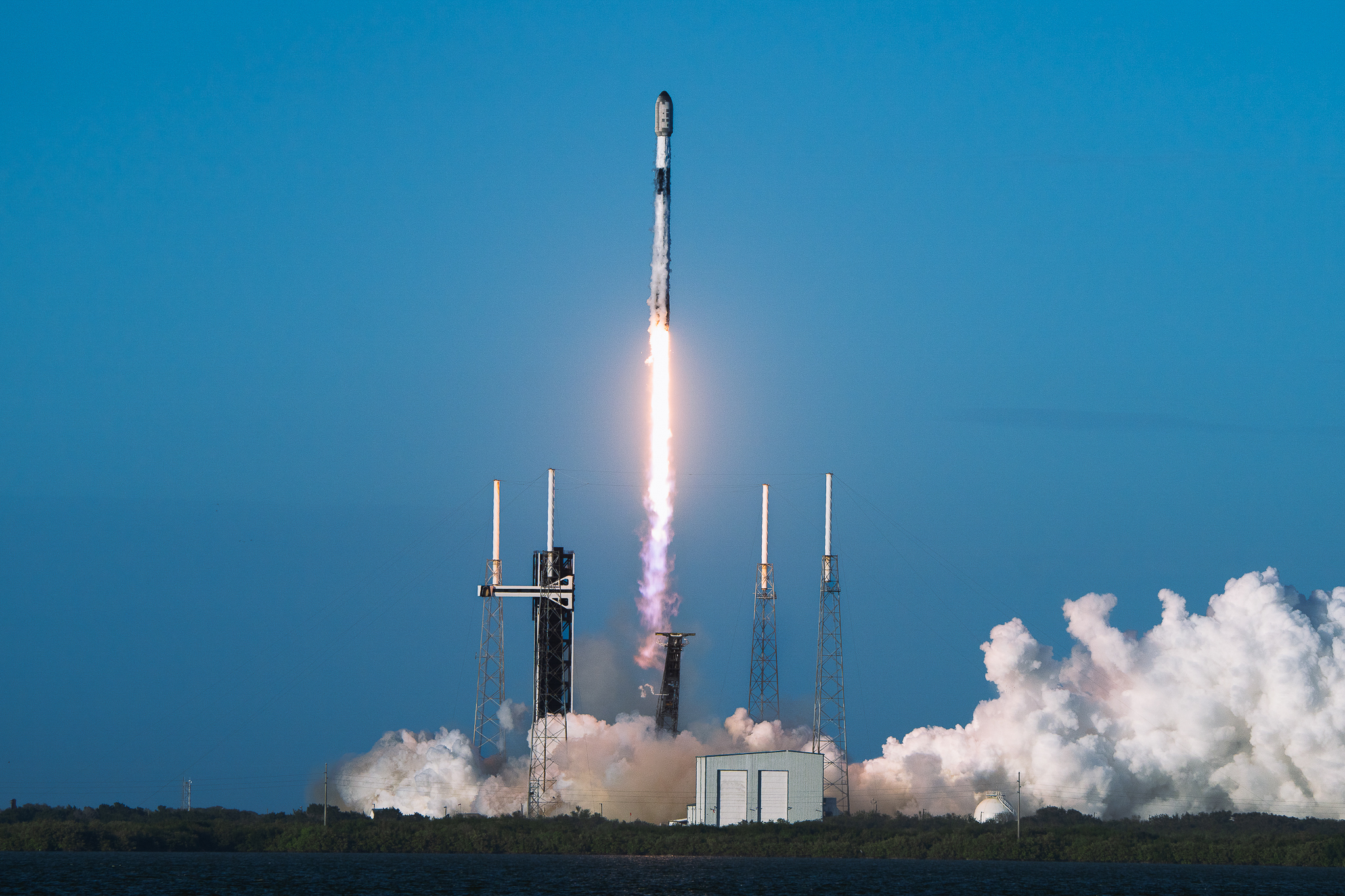
Axiom Space’s Ax-4 mission is set to launch on a SpaceX Falcon 9 rocket. Ax-4 will advance diabetes research in microgravity, marking a milestone for astronaut health.
Axiom Space’s fourth crewed mission is scheduled to launch with SpaceX on May 29 from NASA’s Kennedy Space Center in Florida. The Ax-4 mission will carry a diverse crew and a record-breaking scientific payload to the International Space Station (ISS).
The Ax-4 crew is led by Axiom’s Peggy Whitson and includes Shubhanshu Shukla from India, Sławosz Uznański from the European Space Agency, and Tibor Kapu from Hungary. The mission represents firsts for India, Hungary, and Poland, with Uznański being Poland’s first astronaut in over 40 years.
Ax-4 will conduct nearly 60 science investigations from 31 countries during its two-week ISS stay. A key focus is the “Suite Ride” initiative, a collaboration with Burjeel Holdings to study diabetes management in microgravity.
“The effort marks a significant milestone in the long-term goal of supporting future astronauts with insulin-dependent diabetes (IDDM), a condition historically deemed disqualifying for spaceflight,” Axiom noted. The mission will test Continuous Glucose Monitors (CGMs) and insulin stability to assess their performance in space.
Axiom explained that testing the behavior of CGMs and insulin delivery technologies in microgravity and observing circadian rhythm disruption could help diabetes experts understand how CGMs and insulin pens can improve diabetes monitoring and care in remote or underserved areas on Earth. The research could benefit diabetes management in isolated regions like oil rigs or rural areas.
The mission’s findings on insulin exposure and CGM performance could pave the way for astronauts with diabetes to safely participate in spaceflight. As Axiom and SpaceX push boundaries, Ax-4’s diabetes research underscores the potential for space-based innovations to transform healthcare on Earth and beyond.
Energy
Tesla Energy celebrates one decade of sustainability
Tesla Energy has gone far since its early days, and it is now becoming a progressively bigger part of the company.
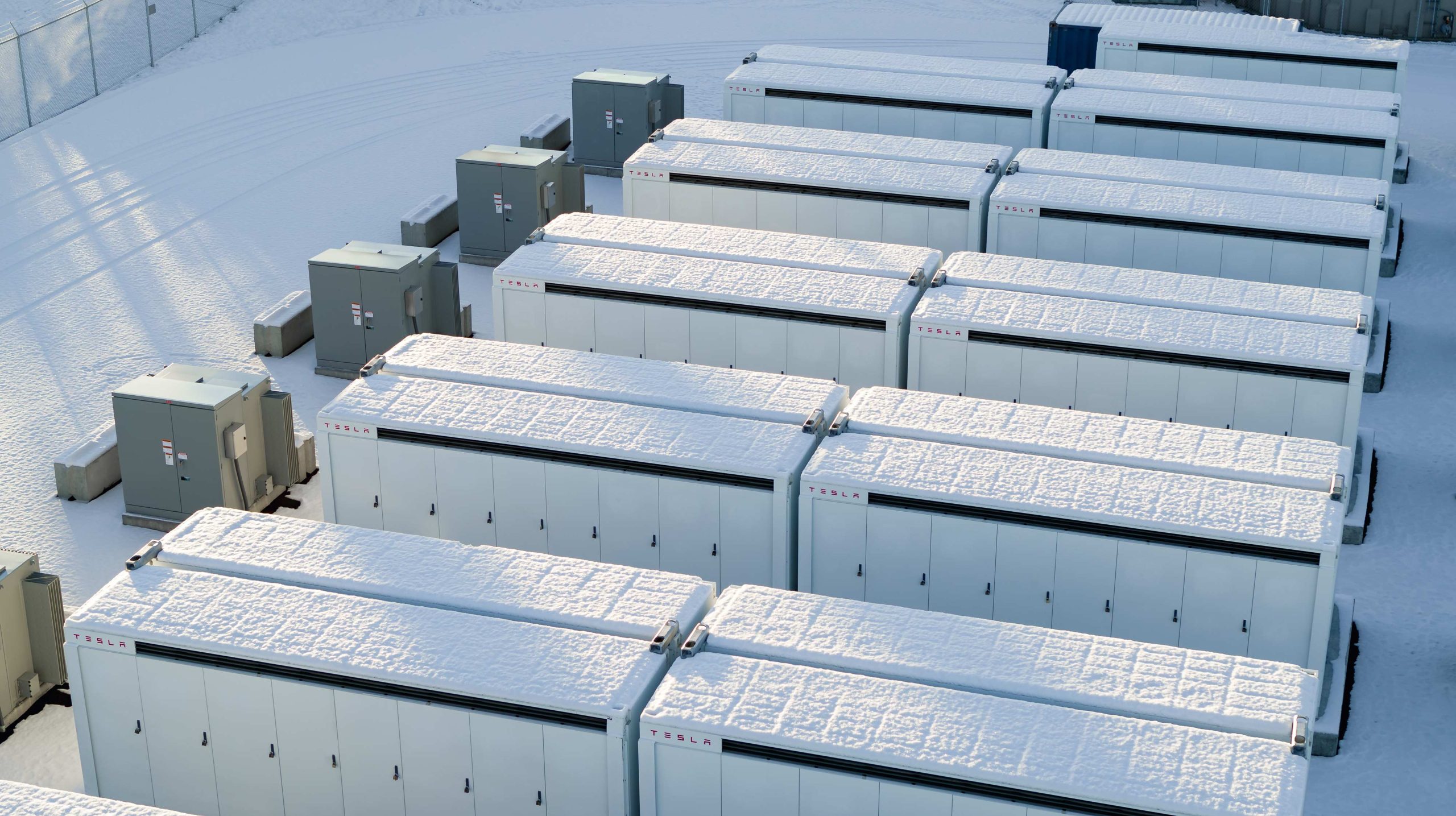
Tesla Energy recently celebrated its 10th anniversary with a dedicated video showcasing several of its milestones over the past decade.
Tesla Energy has gone far since its early days, and it is now becoming a progressively bigger part of the company.
Tesla Energy Early Days
When Elon Musk launched Tesla Energy in 2015, he noted that the business is a fundamental transformation of how the world works. To start, Tesla Energy offered the Powerwall, a 7 kWh/10 kWh home battery system, and the Powerpack, a grid-capable 100 kWh battery block that is designed for scalability. A few days after the products’ launch, Musk noted that Tesla had received 38,000 reservations for the Powerwall and 2,500 reservations for the Powerpack.
Tesla Energy’s beginnings would herald its quiet growth, with the company later announcing products like the Solar Roof tile, which is yet to be ramped, and the successor to the Powerwall, the 13.5 kWh Powerwall 2. In recent years, Tesla Energy also launched its Powerwall 3 home battery and the massive Megapack, a 3.9 MWh monster of a battery unit that has become the backbone for energy storage systems across the globe.
Key Milestones
As noted by Tesla Energy in its recent video, it has now established facilities that allow the company to manufacture 20,000 units of the Megapack every year, which should help grow the 23 GWh worth of Megapacks that have already been deployed globally.
The Powerwall remains a desirable home battery as well, with more than 850,000 units installed worldwide. These translate to 12 GWh of residential entry storage delivered to date. Just like the Megapack, Tesla is also ramping its production of the Powerwall, allowing the division to grow even more.
Tesla Energy’s Role
While Tesla Energy does not catch as much headlines as the company’s electric vehicle businesses, its contributions to the company’s bottom line have been growing. In the first quarter of 2025 alone, Tesla Energy deployed 10.4 GWh of energy storage products. Powerwall deployments also crossed 1 GWh in one quarter for the first time. As per Tesla in its Q1 2025 Update Letter, the gross margin for the Energy division has improved sequentially as well.
Elon Musk
EU considers SES to augment Starlink services
The EU considers funding SES to support Starlink. With MEO satellites already serving NATO, SES could be key in Europe’s space autonomy push.
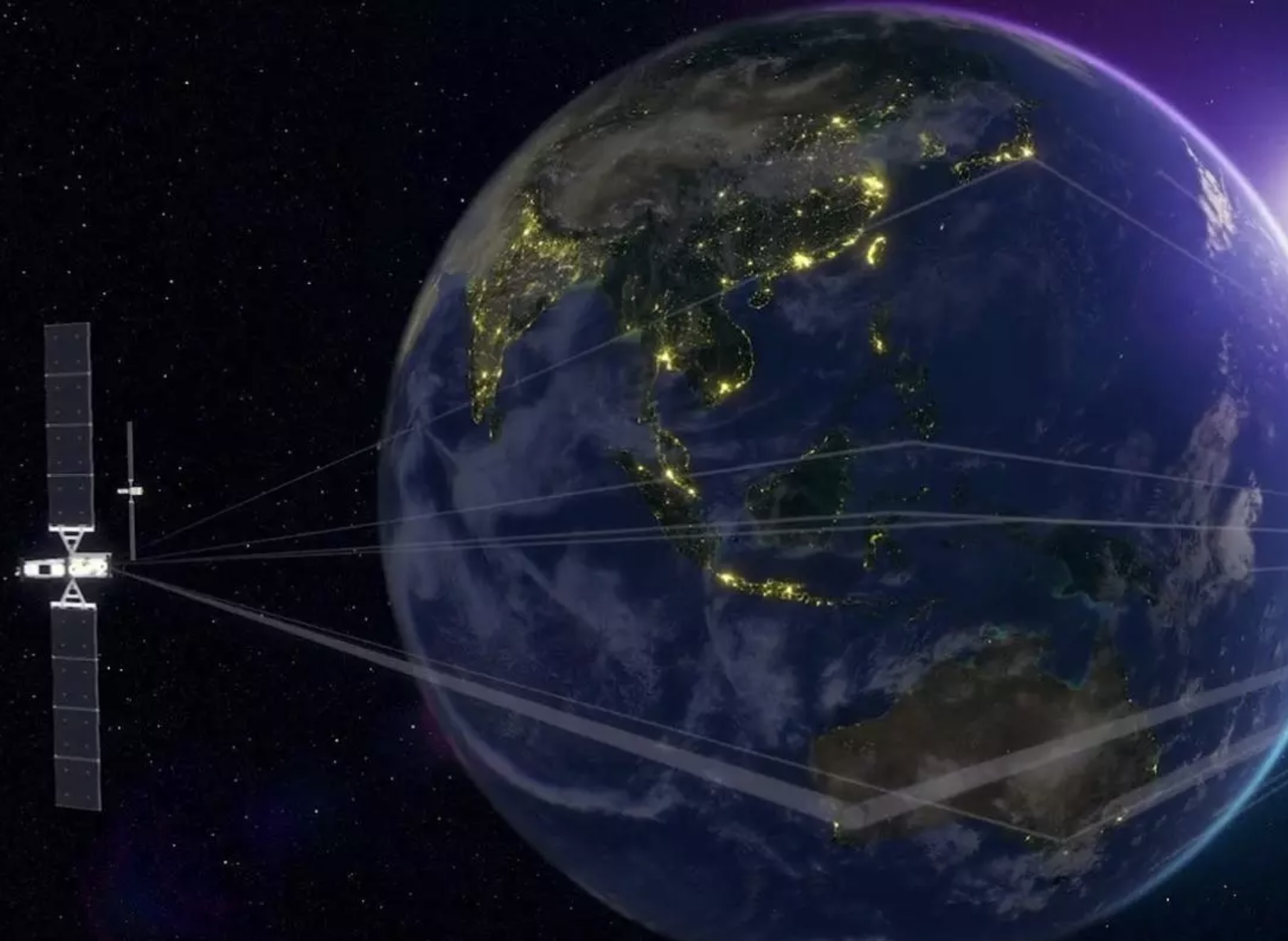
European satellite company SES is negotiating with the European Union (EU) and other governments to complement SpaceX’s Starlink, as Europe seeks home-grown space-based communication solutions. The talks aim to bolster regional resilience amid growing concerns over reliance on foreign providers.
In March, the European Commission contacted SES and France’s Eutelsat to assess their potential role if American-based Starlink access for Ukraine was disrupted. The European Commission proposed funding EU-based satellite operators to support Kyiv. Ukraine is considering alternatives to Starlink over concerns about Elon Musk’s reliability.
Arthur De Liedekerke of Rasmussen Global warned, “Elon Musk is, in fact, the guardian of Ukraine’s connectivity on the battlefield. And that’s a strategic vulnerability.” However, SpaceX’s Starlink constellation is leagues ahead of any competition in the EU.
“Now the discussions are much more strategic in nature. They’re much more mid-term, long-term. And what we’re seeing is all of the European governments are serious about increasing their defense spending. There are alternatives, not to completely replace Starlink, that’s not possible, but to augment and complement Starlink,” SES CEO Adel Al-Saleh told Reuters.
SES operates about 70 satellites, including over 20 medium Earth orbit (MEO) units at 8,000 km. The company provides high-speed internet for government, military, and underserved areas. It plans to expand its MEO fleet to 100, enhancing secure communications for NATO and the Pentagon.
“The most significant demand (for us) is European nations investing in space, much more than what they did before,” Al-Saleh said.
Competition from Starlink, Amazon’s Kuiper, and China’s SpaceSail, with their extensive low-Earth orbit constellations, underscores Europe’s push for independence.
“It is not right to say they just want to avoid Starlink or the Chinese. They want to avoid being dependent on one or two providers. They want to have flexibility,” Al-Saleh noted.
SES’s discussions reflect Europe’s strategic shift toward diversified satellite networks, balancing reliance on Starlink with regional capabilities. As governments ramp up defense spending, SES aims to play a pivotal role in complementing global providers, ensuring robust connectivity for military and civilian needs across the continent.
-

 News1 week ago
News1 week agoTesla’s Hollywood Diner is finally getting close to opening
-

 Elon Musk2 weeks ago
Elon Musk2 weeks agoTesla doubles down on Robotaxi launch date, putting a big bet on its timeline
-

 News5 days ago
News5 days agoTesla is trying to make a statement with its Q2 delivery numbers
-

 News2 weeks ago
News2 weeks agoTesla’s top investor questions ahead of the Q1 2025 earnings call
-

 Investor's Corner1 week ago
Investor's Corner1 week agoLIVE BLOG: Tesla (TSLA) Q1 2025 Company Update and earnings call
-

 News2 weeks ago
News2 weeks agoTesla police fleet saves nearly half a million in upkeep and repair costs
-
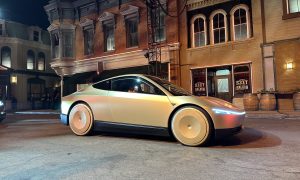
 Elon Musk2 weeks ago
Elon Musk2 weeks agoTesla reportedly suspended Cybercab and Semi parts order amid tariff war: Reuters
-
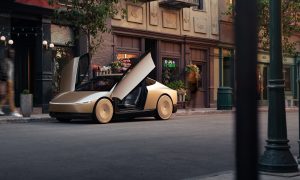
 Elon Musk2 weeks ago
Elon Musk2 weeks agoElon Musk continues to push optimistic goal for Tesla Full Self-Driving


